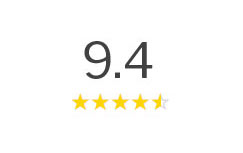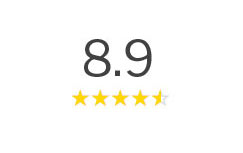 |
 |
|---|
|
|
|---|
 |
 |
 |
 |
|---|---|---|---|
 |
 |
 |
|
 |
|||
 |
 |
 |
|
 |
|||
 |
 |
 |
|
 |
|||

|
jk76tlz4fsh Understanding Montana Divorce Records: A Comprehensive GuideDelving into the realm of Montana divorce records opens a window to understanding the nuances of personal histories and public documentation. In a state known for its vast landscapes and rich cultural tapestry, the accessibility of these records offers both opportunities and challenges. These documents serve not only as vital records for legal purposes but also as invaluable resources for genealogists, historians, and those tracing familial roots. The pursuit of such records, however, requires a keen understanding of Montana's specific legal frameworks and public access policies. Firstly, it is crucial to recognize that divorce records in Montana are governed by both state and county regulations. This layered approach can sometimes complicate the process for those unfamiliar with the system, yet it ensures that sensitive information is adequately protected, striking a balance between public access and privacy concerns. Records are typically maintained by the Clerk of District Court in the county where the divorce was granted. This decentralized system means that individuals must often approach the relevant county office directly, a task that can be daunting yet rewarding for those determined to uncover the intricacies of their or their ancestors' pasts. In exploring the benefits, one cannot overlook the profound personal and legal significance these records hold. They can play a critical role in legal proceedings, providing necessary documentation for remarriages or matters of inheritance. Furthermore, for those involved in genealogical research, Montana divorce records offer a glimpse into the personal lives of ancestors, revealing stories that might otherwise remain untold. This aspect of personal discovery is often a poignant journey, connecting individuals to their heritage in tangible ways. Conversely, accessing these records isn't without its challenges. Privacy remains a paramount concern, and rightly so, as the dissemination of personal information can have far-reaching implications. In Montana, certain details within divorce records may be redacted to protect the privacy of involved parties, especially concerning financial settlements or sensitive personal issues. This can sometimes hinder researchers or family members seeking comprehensive information, underscoring the delicate balance between transparency and confidentiality. Moreover, the process can be time-consuming, particularly for those navigating multiple counties or dealing with older records that may not be digitized. Patience and persistence are essential virtues for anyone undertaking this endeavor. On the flip side, the advent of digital technology has progressively eased this process, with many counties now offering online databases and request forms, though the extent and availability of digital records can vary significantly. In conclusion, while the journey to obtain Montana divorce records can be layered with complexities, the potential rewards are manifold. Whether one seeks these documents for legal purposes, personal insights, or academic research, understanding the procedural landscape is key to success. As one navigates this path, it becomes evident that these records are more than mere documents; they are threads in the rich tapestry of human experience, each telling a unique story of life, love, and resolution in the vast expanse of Montana. https://montana.publicoffices.org/divorce-records
How to Get Divorce Records in Montana in 2025 - In-person request: You can visit the clerk's office of the district court where the divorce was filed and ... https://courts.mt.gov/Courts/portals
Certain public records will become available through the Montana District Court Public Access Portal and the Montana Courts of Limited Jurisdiction Public ... https://montanacourtrecords.us/family-court-records/
A quick way to find Montana divorce records is to write to the Office of Vital Statistics to request for divorce records. Requests are processed for a small fee ...
|
|---|